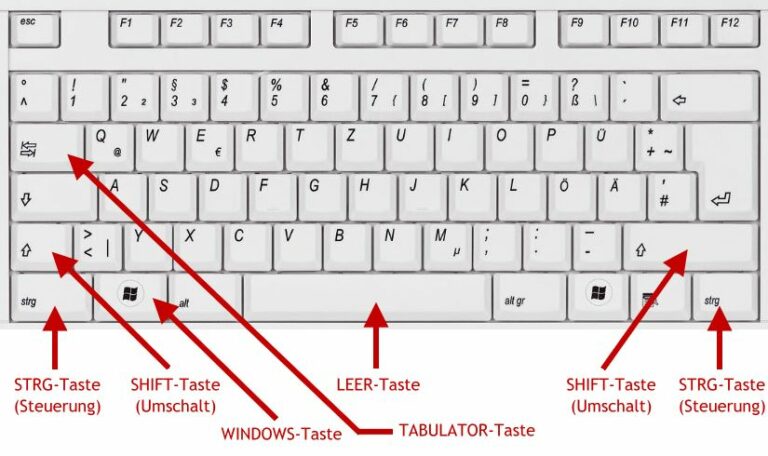Despite the fact that the Google Chrome is now inferior in terms of performance and privacy to the same Brave, it is still the most popular browser on all platforms. This article covers how to install Google Chrome on Ubuntu and some other GNU/Linux distributions.
System Requirements
Installing 32-bit Google Chrome on Linux Once you’ve acquired the file and fully understand the risks involved, open the package with the graphical package manager. You may have to double click on the file in a file manager at /Downloads in order to open it. 32bit linux chrome free download. Nextcloud Talk Nextcloud Talk is the official chat, video and audio conferencing app for Nextcloud that allows user. Linux WiFi pentesting distribution built off Tiny Core Linux and inspired by the Xiaopan OS project. Lightweight with some new tools and updates to tools that have stood the test of time. No Windows license needed. CrossOver for Mac, Linux and Chrome OS easily opens and installs thousands of Windows programs. Start your free 14-day trial download today!
First, make sure your computer meets the minimum system requirements for a browser:
- 64-bit system:
- Windows 7+ (for server — Windows Server 2008 R2+);
- OS X Yosemite 10.10+ ;
- Ubuntu 14.04+, Debian 8+, openSUSE 13.3+, Fedora 24+, Manjaro 17+
- Intel Pentium 4 with support SSE2 or better.
These are all official requirements submitted by the developer. But from our experience, you can also need for 4GB of RAM or more. This is due to the fact that the browser still needs a 64-bit system, and it works effectively with at least 4GB of RAM. Google Chrome is known as an absolute memory absorber, and its cache over time takes up a lot of disk space.
How to Install Chrome in Ubuntu/Mint/Debian?
For these systems, the product is distributed in deb installation packages.
- Go to the
- In the window that appears, select «64 bit .deb (For Debian/Ubuntu)» and click «Accept and Install».
- Specify the path to save the file and wait for it to download (the speed depends on your Internet connection).
- Then run the installation package graphically or using the dpkg console utility.
Google Chrome Per Linux
READ ALSO How to Reset Root Password in MySQL and MariaDB?
How to Reset Root Password in MySQL and MariaDB?Chrome Per Linux Mint
If during installation via the terminal an error message related to dependencies appears, run the following command:
The browser will install and work.
Despite the fact that the installation is not from standard system repositories, the package writes the Google Chrome repository to the corresponding file, which allows the program to receive updates “over the air”.
Google Chrome Per Linux Mint
Installing in Fedora/openSUSE
For distributions with support for the RPM package manager, the installation is performed exactly according to the same algorithm as for Ubuntu. The difference is that you need to download a file with the rpm extension, not deb.
New versions of Fedora, CentOS, RHEL systems have one advantage: they contain a stable version of this browser in their repositories. Therefore, to install it, run the command:
Installing Google Chrome in Arch/Manjaro
This is where the browser is stored in user repositories. Therefore, you need to enable AUR support, for example, in Pamac:
- Launch Pamac package manager.
If it is missing, install it with the command: - Open a menu → Preferences. Enter the user password if required.
- Go to the AUR tab and switch the “Enable AUR support” to the active position.
- Restart Pamac.
- At the top left, click on the search icon or press the key combination Ctrl + F. In the search bar, enter «google chrome». In the left column, switch to the AUR tab to show search results in user repositories.
- The first proposed option is what we need. Click the «Build» button to its right, then «Apply» to the bottom right.
- In the window that appears, confirm the action with the “Apply” button.
- Installation starts. This is evidenced by the inscription “Building google-chrome” in the center below. Wait for the process to complete.